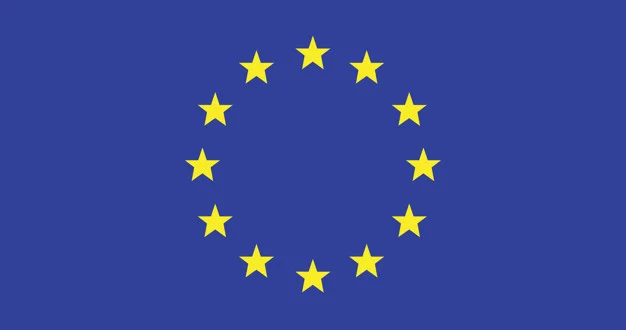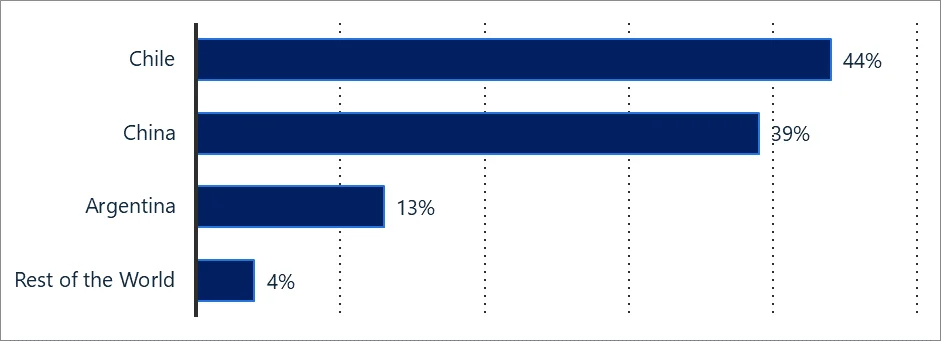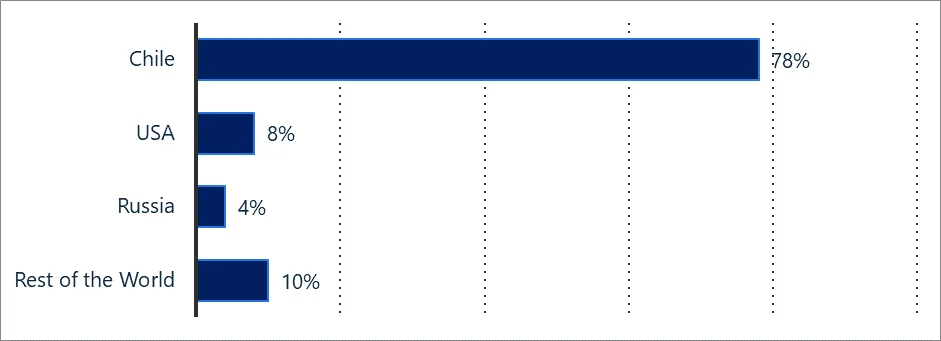
Blog
05th September 2020
The European Union (EU) is a political and economic body, consisting of 27 member states or rather countries that are subject to the obligations and the privileges of the membership. The European Commission (EC), EU’s executive arm, has decided to include lithium into a list of critical materials known as the Critical Raw Materials (CRM) list, which was begun maintaining by the union, back in 2011. The initial list, in 2011, consisted of 14 materials against the 16 more raw materials that have crept into the CRM list, over these nine years.
Lithium is a highly versatile metal that finds its use in a variety of industries focusing on glass and ceramic manufacturing, greases, aluminum smelting, air treatment, metallurgical powders, polymers, and a range of specialty salts and pharmaceutical products. It is of immense importance in the rechargeable battery technology, which is considered by many experts, to take over the traditional, non-renewable, fuel-based technology. Europe is one such region that’s already working on taking this enormous leap towards a noble, sustainable and environmentally friendly future. Common sources of lithium are salt lake and rock deposits and the metal is extracted by mining. Lithium mines in the EU region are mostly in the Portugal-Spain area and eastern Europe(Czech Republic, Germany, Austria, Serbia and Finland), but the metal is majorly being imported from other countries. Chile(44%), China(39%) and Argentina(13%) are among the largest producers of this valuable resource while Europe imports them from Chile(78%), the USA(8%) and Russia(4%), primarily.
Major Lithium Producing Countries, in %, 2020

Source: European Commission
Countries from which EU Sources Lithium

Source: European Commission
Although recycling works well in Europe, less than 1% of products containing the components are actually recovered from being treated, thus, making the percentage of overall demand that can be satisfied through secondary raw materials almost nil.
Materials of high importance to the EU economy and of the high risk associated with their supply are included in the CRM list that’s revised, at least, every 3 years. With the future being highly dependent on electric vehicles (EV) that use rechargeable battery-based technology to reduce the carbon footprint, current dependence on third countries such as Chile (78% of lithium imports) can be seen as a threat to the region's economy if not for a shortage of supply. The demand for lithium is expected to rise 18 folds by 2030 and up to 60 folds by 2050, which is why lithium has recently taken its place in the list. The inclusion is part of a strategy to reduce the reliance on imported supply.
“We have to drastically change our approach” Maroš Šefčovič, Vice-President for Interinstitutional Relations and Foresight said in a statement.
“We cannot afford to rely entirely on third countries,” European Industry Commissioner, Thierry Breton added. “By diversifying the supply from third countries and developing the EU’s own capacity for extraction, processing, recycling, refining and separation of rare earths, we can become more resilient and sustainable.”, he was seen quoting on Thursday, 3rd September 2020.
Lithium is rightly nicknamed white gold by many due to its importance in futuristic technologies and various other walks of life. Its importance is even more felt in the COVID 19 pandemic as electronic devices are what are saving the day for all of the people working from home, and lithium is an integral part of almost all these devices. Lithium was included in the Critical Raw Materials list by European Union, on Thursday, 3rd September 2020, to strategically reduce the dependence on other nations without compromising on the demands, thereby ensuring sustainability and economic stability in their region. As part of the strategy unveiled on Thursday, the European Commission has pledged to create a raw-materials alliance by the end of 2020. The coalition will consist of industry members, investors, the European Investment Bank, EU countries, and others that can help secure raw mineral supply chains. The commission is in favor of recycling vital elements such as lithium and other rare earths. It is also planning on a partnership with African, west Balkan, and Canadian governments in 2021, to move in the direction of their goal of self-sustained lithium production. This step, holistically, would drive investment and innovation within Europe, the EC noted. Professors and students of the German universities with top-class reputations have already come up with patented, viable methods of lithium extraction from thermal water, underground. The extraction cost might even be lower than the traditional mining methods as these thermal waters are dug in millions of gallons, each year, for coal-based energy production. This technology, by itself, can even help in reducing the carbon footprint. Concentrations up to 200 milligrams have been discovered to be present in per liter of these thermal waters. In the first step, the lithium ions are filtered from the thermal water and then concentrated in a second processing step until the lithium precipitates as a salt. Such alternate, innovative ideas will be the key to the EU’s success as it takes 10 years for the batteries and other electronic components to be available for recycling or secondary lithium extraction.